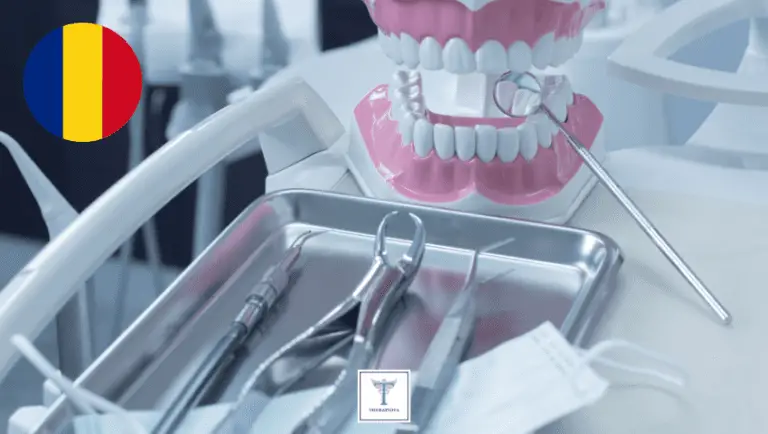Health Care System in the Philippines | Health Facilities | Public Medical Service | Complete Guide 2024
Introduction to the Philippine Healthcare System
In the heart of Southeast Asia lies the Philippines, an archipelago known for its rich culture and history. Beyond the picturesque landscapes and warm hospitality, the country faces the ongoing challenge of maintaining a healthcare system that is accessible to its more than 100 million inhabitants. Healthcare in the Philippines is a tale of continuous development, reform, and hope towards an equitable and efficient system that provides quality care for all.
Despite the challenges, the government of the Philippines, through the Department of Health (DOH) and in partnership with various stakeholders, has been striving to upgrade healthcare services and facilities. It’s a tale of resilience hovering over the promise of Universal Health Care (UHC), reflected in the stories of individuals and communities who experience varying levels of healthcare across the archipelago.
Healthcare Facilities in the Philippines
The Philippines’ healthcare system is a network of public and private facilities, a journey from primary health centers in barangays (smallest administrative division) to high-tech hospital rooms in metropolitan centers. It’s a narrative woven into the fabric of society, where healthcare demands range from basic to complex.
-
- Barangay Health Stations (BHS) – the front liners in primary care, providing basic medical services and health education.
-
- Rural Health Units (RHU) and City Health Offices (CHO) – gateways to public health services, including immunization, prenatal care, and disease control programs.
-
- Public Hospitals – pillars of the medical community, offering a broader range of healthcare services ranging from emergency care to specialized surgical procedures.
-
- Private Hospitals and Clinics – counterparts to public facilities that offer healthcare services with more modern amenities and usually faster service but at a higher cost.
In the quest to bring healthcare closer to the people, the Philippine Health Facility Enhancement Program (HFEP) continually upgrades these facilities. Each facility works as a piece of a larger puzzle, where the goal is not just treatment but holistic wellness and prevention.
Public Medical Services
The heart of the Philippine healthcare system is its public medical services, where the essence of service is not just to heal but to empower the poor and vulnerable. A mix of government subsidies, health programs, and legislative measures animate the scene, bringing into focus the following:
-
- The UHC Act (Universal Health Care Act) – a commitment to ensuring all Filipinos have access to a full spectrum of health services without financial hardship.
-
- PhilHealth (Philippine Health Insurance Corporation) – the entity at the center of the UHC Act, providing health insurance coverage for various medical services.
-
- Medical Assistance Programs – various services designed to provide financial aid to patients in need, especially those from indigent communities.
Each public medical service tells a story of hope and community. The government’s thrust to expand PhilHealth coverage, for instance, outlines the goal of a more inclusive system where health is seen as a right rather than a privilege.
2024 Complete Guide to the Philippine Healthcare System
Looking forward to 2024, the Philippine healthcare story envisions a future of enhanced systems and services. The narrative includes:
-
- Infrastructure Development: Expansion and modernization of healthcare facilities to meet the growing demands and to address regional disparities in healthcare services.
-
- Human Resources for Health: Training and deployment of more healthcare professionals to underserved areas, ensuring that quality healthcare is a universal reality.
-
- Health Information Systems: Integration of technology in health data management for a more efficient and effective delivery of care.
-
- Health Financing: The continuous improvement of financing mechanisms such as PhilHealth to ensure sustainability and expanded coverage.
This comprehensive guide to the Philippine healthcare system sees 2024 as a pivotal year. The nation aims to weave stories of triumph over diseases, of communities embracing preventive measures, and of a health-conscious society actively participating in its healthcare system.
Strides in Healthcare Accessibility and Quality
Between government initiatives and the relentless spirit of a diverse population, the Philippine healthcare system looks forward to strengthening accessibility and quality of care. It seeks to turn pages where hospitals are no longer seen as distant sanctuaries but as integral parts of the community’s daily life.
Forging Partnerships for Health
Public-private partnerships also take the stage, showcasing collaboration as a key element in bolstering healthcare services. Such partnerships aim to bridge gaps and build a seamless system operating with efficiency and compassion.
In the story of the Philippine healthcare system, every facility, from the humble BHS to the tertiary hospital, every healthcare worker, and every piece of medical legislation contribute to a narrative of growth and hope. The 2024 guide anticipates a system that listens to the pulse of its people, ensuring that the right to health is upheld, and the next chapter of healthcare in the Philippines is written with the ink of innovation and inclusivity.
Through a concerted effort by the government, the private sector, civil society, and the international community, the Philippines aspires for a future where high-quality healthcare is available to all those who set foot on its soil—whether they are residents or visitors, rich or poor, in urban skyscrapers or rural huts. This is the vision for the Philippine healthcare system: a sanctuary of healing, hope, and harmony within reach for every Juan and Juana.








